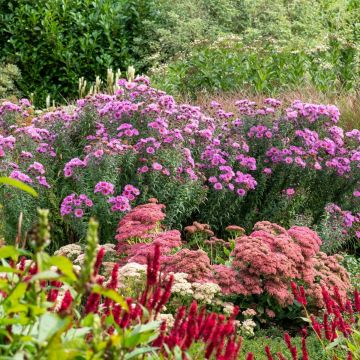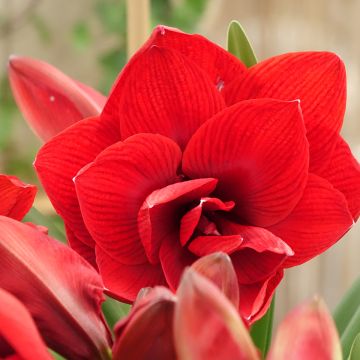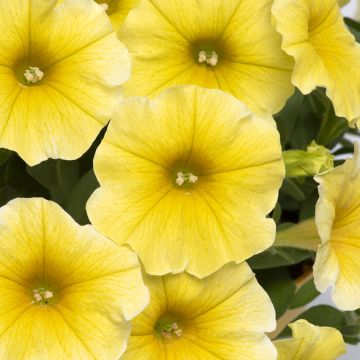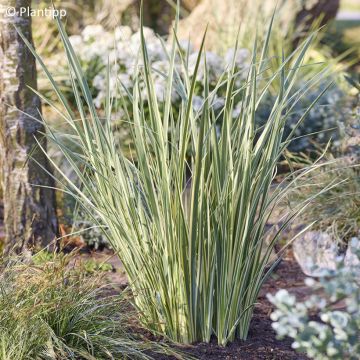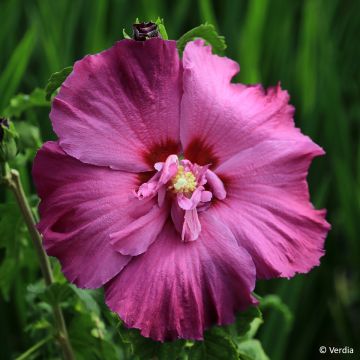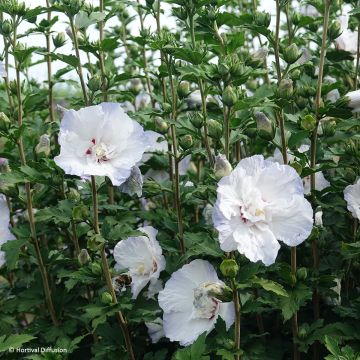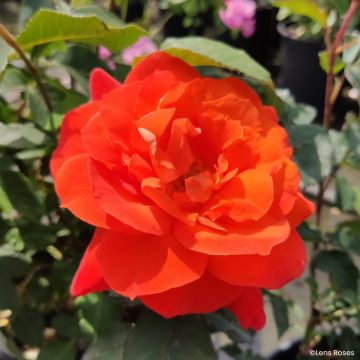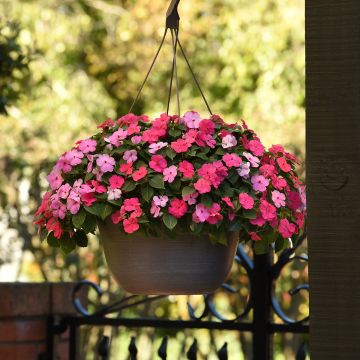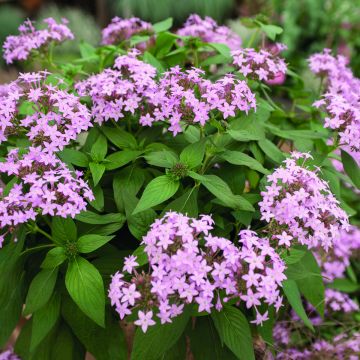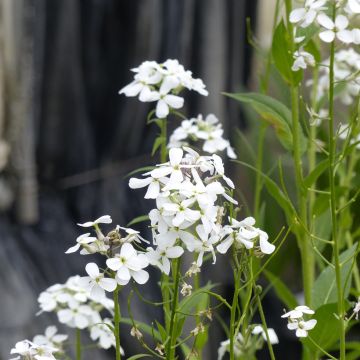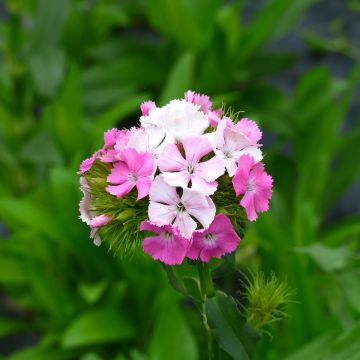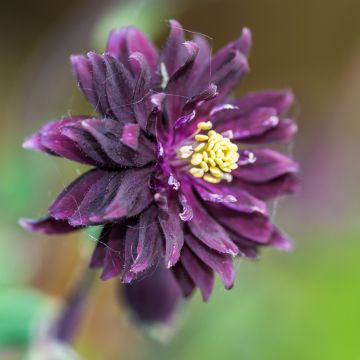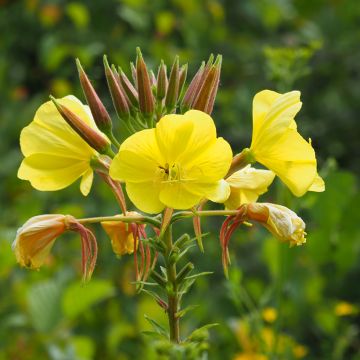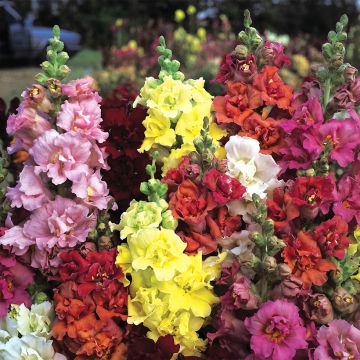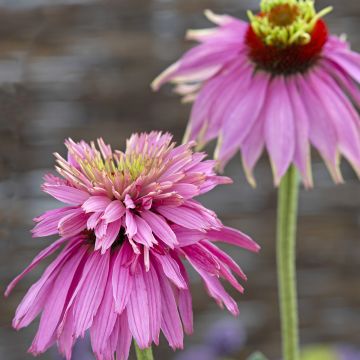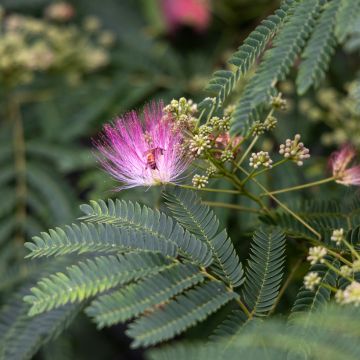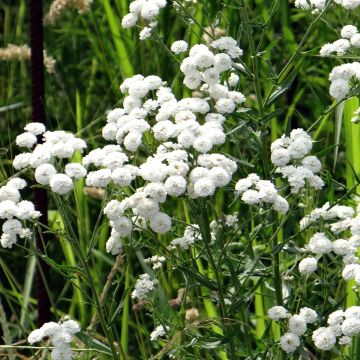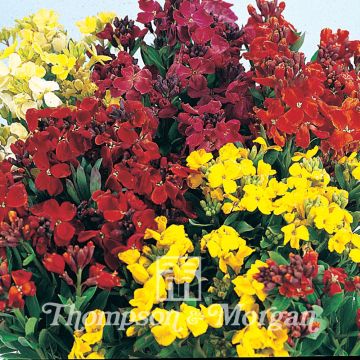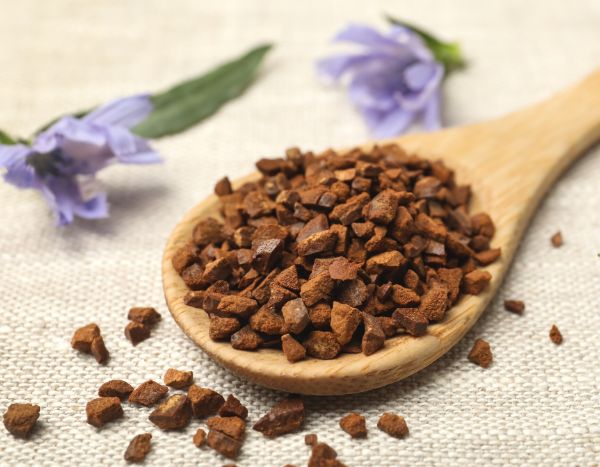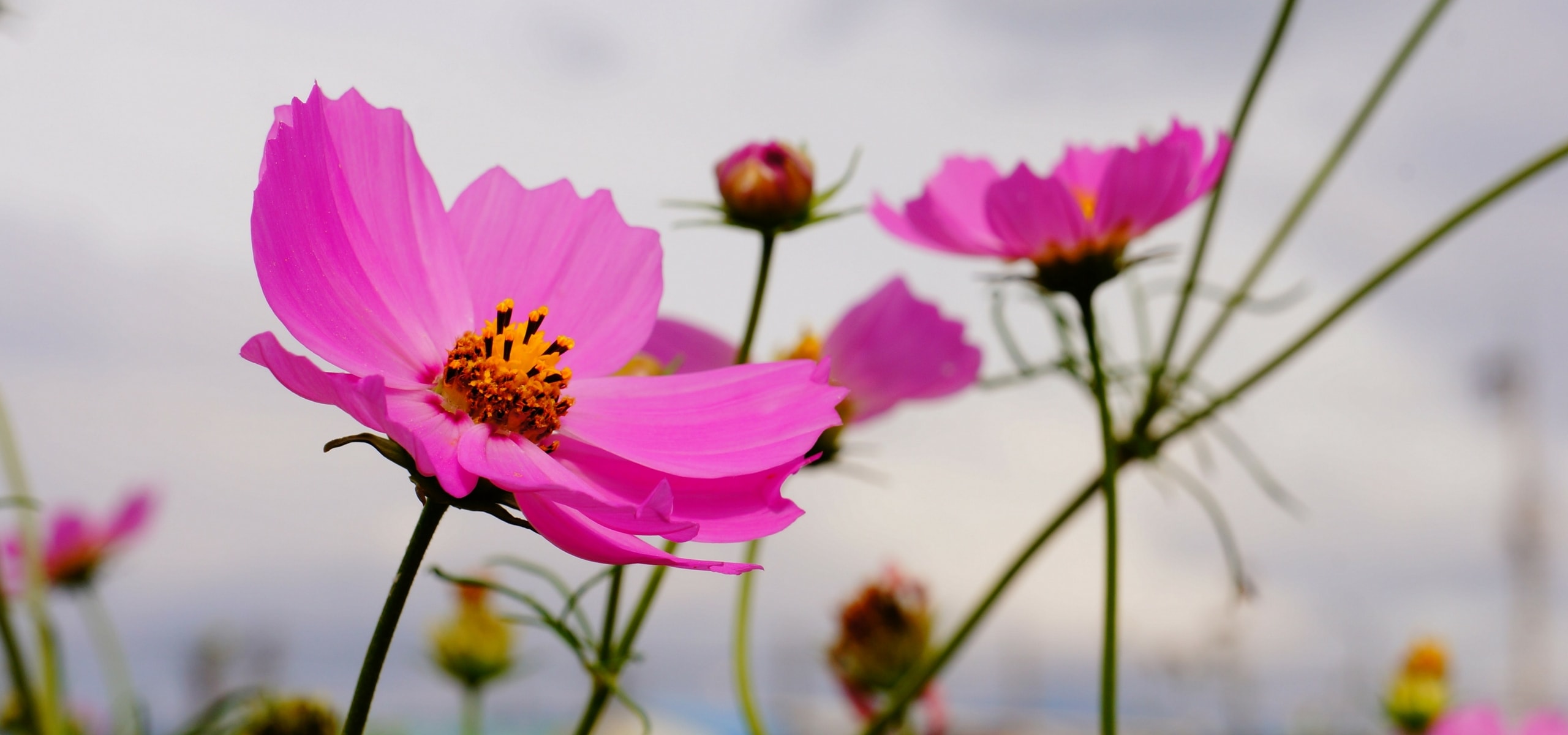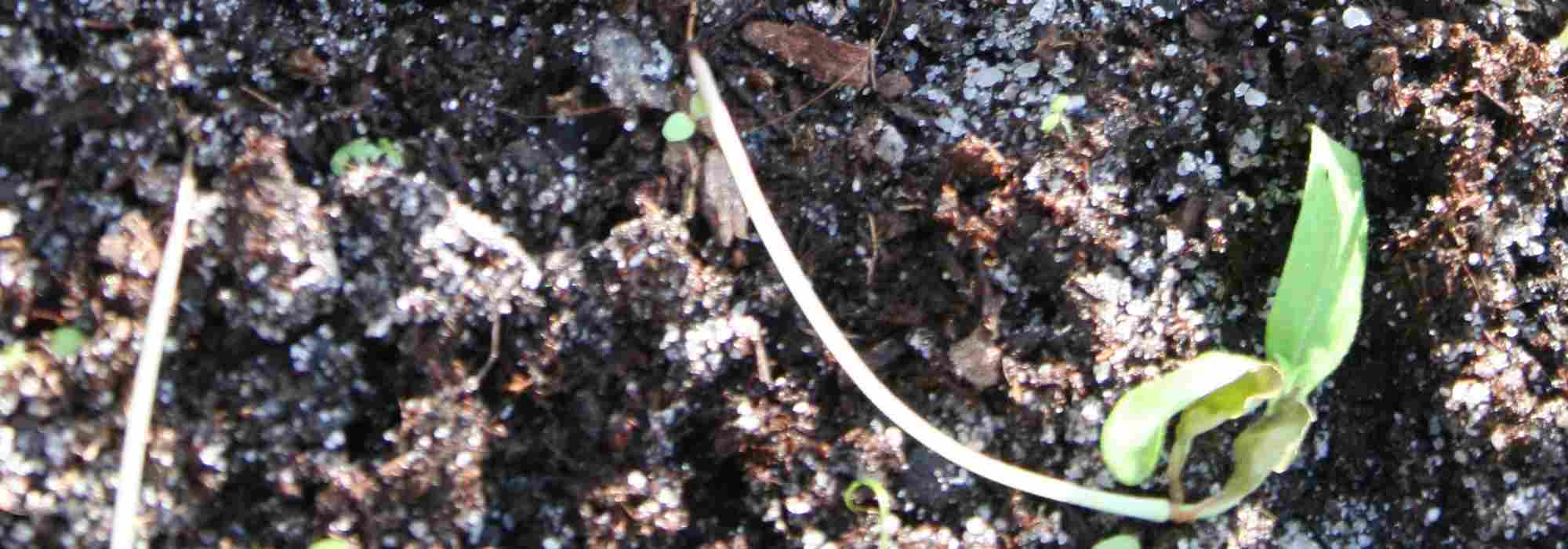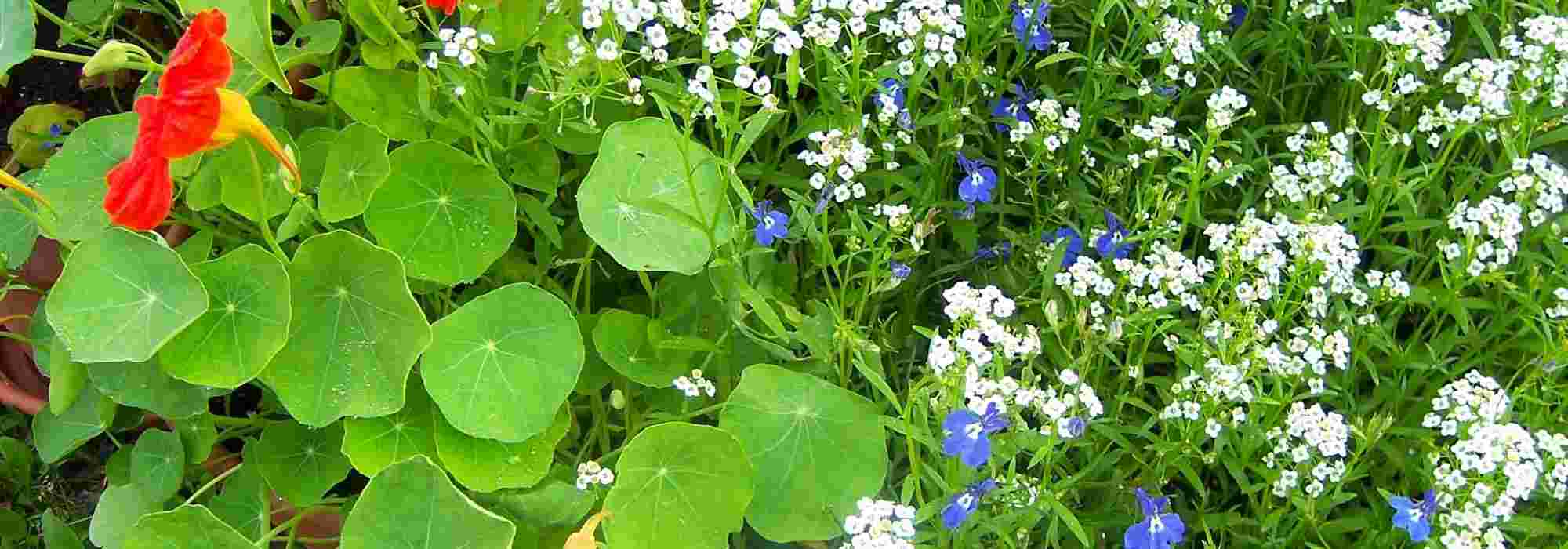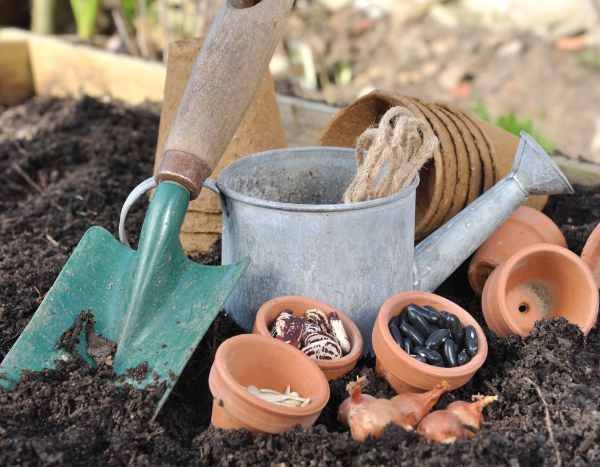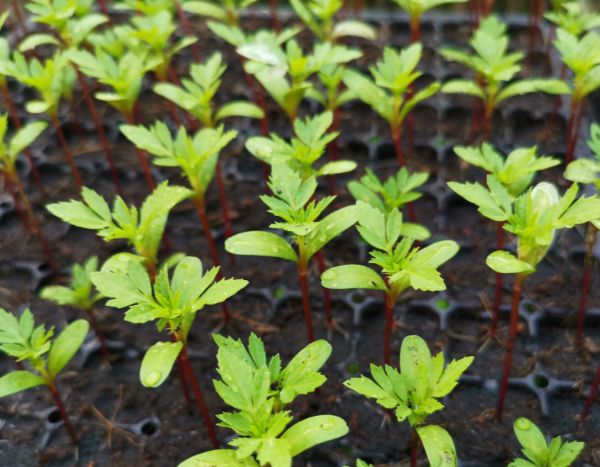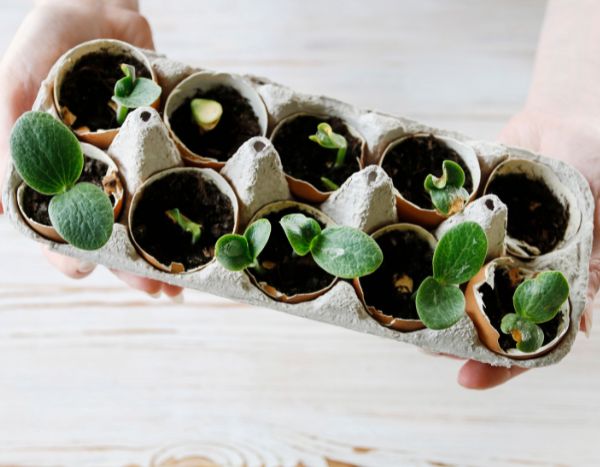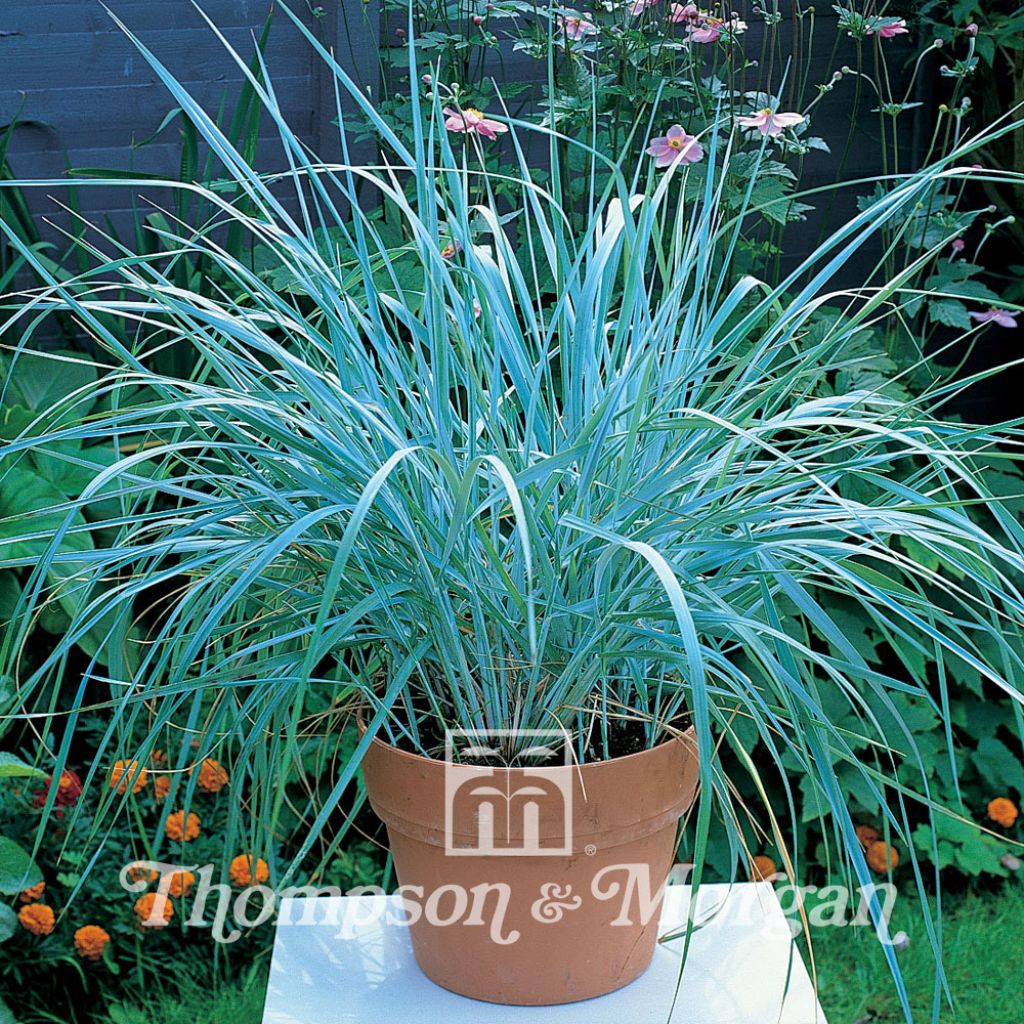

Leymus Arenarius
Leymus arenarius - Lyme Grass seeds
Leymus arenarius
Lyme Grass
Special offer!
Receive a €20 voucher for any order over €90 (excluding delivery costs, credit notes, and plastic-free options)!
1- Add your favorite plants to your cart.
2- Once you have reached €90, confirm your order (you can even choose the delivery date!).
3- As soon as your order is shipped, you will receive an email containing your voucher code, valid for 3 months (90 days).
Your voucher is unique and can only be used once, for any order with a minimum value of €20, excluding delivery costs.
Can be combined with other current offers, non-divisible and non-refundable.
Why not try an alternative variety in stock?
View all →This plant carries a 6 months recovery warranty
More information
We guarantee the quality of our plants for a full growing cycle, and will replace at our expense any plant that fails to recover under normal climatic and planting conditions.
Does this plant fit my garden?
Set up your Plantfit profile →
Description
Leymus arenarius is also called Blue Wheat, Sea Rye or Lyme Grass. This magnificent grass forms spreading, opulent clumps of grey-blue ribbon-like leaves. Its summer inflorescences in upright spikes start silver-blue, then turn golden when ripe. It is a fully hardy coastal species, whose vigorous rootstock colonises the soil. It is perfectly adapted to sandy and salty soils. It is superb in borders and spectacular when planted as edging or in large pots on the terrace. When sown in ordinary but light and well-drained soil, it will flower in the second year.
Leymus arenarius is a plant of the Poaceae flamily. It mainly grows in Asia, North America, and Central Europe, in boreal climates. This perennial grass reaches 1.50m (5ft) high when flowering and forms large clumps of foliage, about 60 cm (24in) in all directions. Its crown is vigorous and creeping. Its robust stems are stiff, upright and arched. It has glaucous, ribbon-like leaves, about one centimetre wide, flat, smooth, and rolled at the tip. The inflorescences appear from June to August and remain on the plant until December. The robust and compact spikes are fifteen to thirty centimetres long. They have a silver-blue hue before turning blonde when ripe.
Blue Wheat is an ideal plant for the seaside, especially for stabilising sand dunes. It is also ornamental in borders or as edging, or dressing up the terrace or patio in large flower pots. This plant has a very vigorous trailing rootstock. To keep it under control it may be better to plant it in a container. It can also be cut short to create a kind of ground cover similar to a lawn. Grasses bring movement and natural beauty to the garden. This grass is a charming asset for late summer and autumn, where its dried inflorescences remain major focal points. In borders, complement Sea Rye with asters, rudbeckias, or tall sedums.
This species is frequently targeted by the Ustilago Hypodytes fungus, also called Stem Smut. No spike forms and large black mushrooms appear.
Report an error about the product description
Flowering
Foliage
Plant habit
Botanical data
Leymus
arenarius
Poaceae
Lyme Grass
Northern Europe
Other Thompson and Morgan seeds
View all →Planting and care
Sow Leymus arenarius seeds from December to April or in June - July, on the surface of a well-drained but moist compost. Lightly cover the seeds with vermiculite and keep at a temperature of 20°C (68°F) in a propagator or a polyethylene bag until germination, which usually takes 14 to 21 days. Do not exclude light as it aids germination.
Prick out the seedlings when they are large enough to handle, into 8 cm (3in) trays or pots. Gradually acclimatise the plants to cooler conditions for a few weeks before planting out after all risk of frost, 30 to 45 cm (12 to 18in) apart.
Cultivation:
Leymus arenarius is a cold climate plant but it can still tolerate hot and humid summers. It prefers a sunny, well-drained position in moderately fertile soil.
These grasses do not require a lot of nutrients, which can encourage lush vegetation at the expense of flowers. A spring application of compost can be beneficial in very poor soils. Grasses are good container plants: use a compost-based growing medium and add 20% sand to lighten the mix. The foliage can be left until February as it provides structure and movement in the borders, then cut back to 10 cm (4in) from the ground when new growth begins.
Sowing period
Intended location
Planting & care advice
This item has not been reviewed yet - be the first to leave a review about it.
Haven't found what you were looking for?
Hardiness is the lowest winter temperature a plant can endure without suffering serious damage or even dying. However, hardiness is affected by location (a sheltered area, such as a patio), protection (winter cover) and soil type (hardiness is improved by well-drained soil).

Photo Sharing Terms & Conditions
In order to encourage gardeners to interact and share their experiences, Promesse de fleurs offers various media enabling content to be uploaded onto its Site - in particular via the ‘Photo sharing’ module.
The User agrees to refrain from:
- Posting any content that is illegal, prejudicial, insulting, racist, inciteful to hatred, revisionist, contrary to public decency, that infringes on privacy or on the privacy rights of third parties, in particular the publicity rights of persons and goods, intellectual property rights, or the right to privacy.
- Submitting content on behalf of a third party;
- Impersonate the identity of a third party and/or publish any personal information about a third party;
In general, the User undertakes to refrain from any unethical behaviour.
All Content (in particular text, comments, files, images, photos, videos, creative works, etc.), which may be subject to property or intellectual property rights, image or other private rights, shall remain the property of the User, subject to the limited rights granted by the terms of the licence granted by Promesse de fleurs as stated below. Users are at liberty to publish or not to publish such Content on the Site, notably via the ‘Photo Sharing’ facility, and accept that this Content shall be made public and freely accessible, notably on the Internet.
Users further acknowledge, undertake to have ,and guarantee that they hold all necessary rights and permissions to publish such material on the Site, in particular with regard to the legislation in force pertaining to any privacy, property, intellectual property, image, or contractual rights, or rights of any other nature. By publishing such Content on the Site, Users acknowledge accepting full liability as publishers of the Content within the meaning of the law, and grant Promesse de fleurs, free of charge, an inclusive, worldwide licence for the said Content for the entire duration of its publication, including all reproduction, representation, up/downloading, displaying, performing, transmission, and storage rights.
Users also grant permission for their name to be linked to the Content and accept that this link may not always be made available.
By engaging in posting material, Users consent to their Content becoming automatically accessible on the Internet, in particular on other sites and/or blogs and/or web pages of the Promesse de fleurs site, including in particular social pages and the Promesse de fleurs catalogue.
Users may secure the removal of entrusted content free of charge by issuing a simple request via our contact form.
The flowering period indicated on our website applies to countries and regions located in USDA zone 8 (France, the United Kingdom, Ireland, the Netherlands, etc.)
It will vary according to where you live:
- In zones 9 to 10 (Italy, Spain, Greece, etc.), flowering will occur about 2 to 4 weeks earlier.
- In zones 6 to 7 (Germany, Poland, Slovenia, and lower mountainous regions), flowering will be delayed by 2 to 3 weeks.
- In zone 5 (Central Europe, Scandinavia), blooming will be delayed by 3 to 5 weeks.
In temperate climates, pruning of spring-flowering shrubs (forsythia, spireas, etc.) should be done just after flowering.
Pruning of summer-flowering shrubs (Indian Lilac, Perovskia, etc.) can be done in winter or spring.
In cold regions as well as with frost-sensitive plants, avoid pruning too early when severe frosts may still occur.
The planting period indicated on our website applies to countries and regions located in USDA zone 8 (France, United Kingdom, Ireland, Netherlands).
It will vary according to where you live:
- In Mediterranean zones (Marseille, Madrid, Milan, etc.), autumn and winter are the best planting periods.
- In continental zones (Strasbourg, Munich, Vienna, etc.), delay planting by 2 to 3 weeks in spring and bring it forward by 2 to 4 weeks in autumn.
- In mountainous regions (the Alps, Pyrenees, Carpathians, etc.), it is best to plant in late spring (May-June) or late summer (August-September).
The harvesting period indicated on our website applies to countries and regions in USDA zone 8 (France, England, Ireland, the Netherlands).
In colder areas (Scandinavia, Poland, Austria...) fruit and vegetable harvests are likely to be delayed by 3-4 weeks.
In warmer areas (Italy, Spain, Greece, etc.), harvesting will probably take place earlier, depending on weather conditions.
The sowing periods indicated on our website apply to countries and regions within USDA Zone 8 (France, UK, Ireland, Netherlands).
In colder areas (Scandinavia, Poland, Austria...), delay any outdoor sowing by 3-4 weeks, or sow under glass.
In warmer climes (Italy, Spain, Greece, etc.), bring outdoor sowing forward by a few weeks.






























